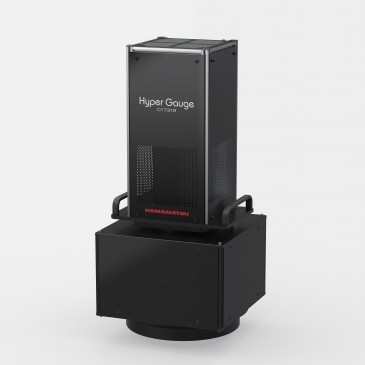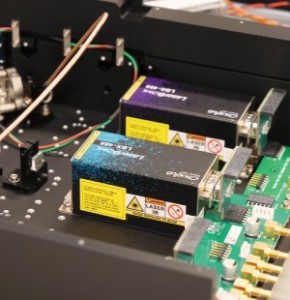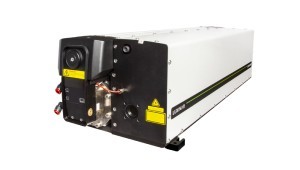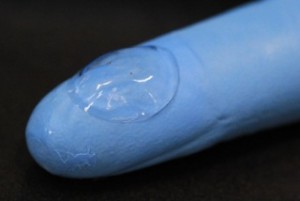
The Ulsan National Institute of Science and Technology (UNIST) in South Korea has developed a hybrid transparent and stretchable electrode that could be the key to flexible displays and solar cells mounted on curved substrates, such as eye contact lenses.
Currently, transparent electrodes are commonly made from indium tin oxide (ITO). But that rare and expensive material is brittle and cracks when flexed, plus it also degrades over time. Researchers thus had been searching for a low-cost, easy-to-fabricate next-generation electrode that would not have these issues. Randomly distributed metal nanowires and graphene have both been thought to be candidates. But metal nanowires demonstrate limited integrability, and highly transparent and mechanically flexible graphene comes out at lower quality, with increased electrical resistance, as soon as graphene synthesis methods are scaled up for commercialisation.
The UNIST team, on the other hand, created a thin, transparent and stretchable electrode by combining graphene with silver nanowires into a new hybrid metamaterial that now overcomes the shortcomings the aforementioned materials display when employed individually. The graphene-silver nanowire hybrid nanostructure offers superior electrical and optical performance and is flexible and stretchable with low sheet resistance while preserving high transmittance and electrical and optical properties reliable against thermal oxidation condition. In contrast to ITO, the new hybrid nanomaterial shows almost no change in resistance when bent or folded.
The graphene-metal nanowire hybrid structure constitutes a new class of transparent, flexible electrodes that could enable an entirely new kind of applications. For instance, the UNIST team demonstrated a light-emitting diode (LED) display fitted on a soft eye contact lens worn by a live rabbit for five hours without observing any adverse reactions. It may soon be feasible that contact lenses can scan or take photographs.
“We believe the hybridization between two-dimensional and one-dimensional nanomaterials presents a promising strategy toward flexible, wearable electronics and implantable biosensor devices, and indicates the substantial promise of future electronics,” says Jang-Ung Park, professor in UNIST’s School of Nano-Bioscience and Chemical Engineering, who led the research effort and co-authored the paper “High-Performance, Transparent and Stretchable Electrodes using Graphene-Metal Nanowire Hybrid Structures," published in Nano Letters.
Written by Sandra Henderson, Research Editor, Novus Light Technologies Today






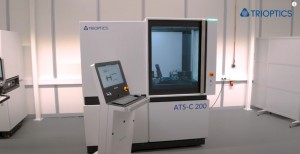
















 Back to Features
Back to Features